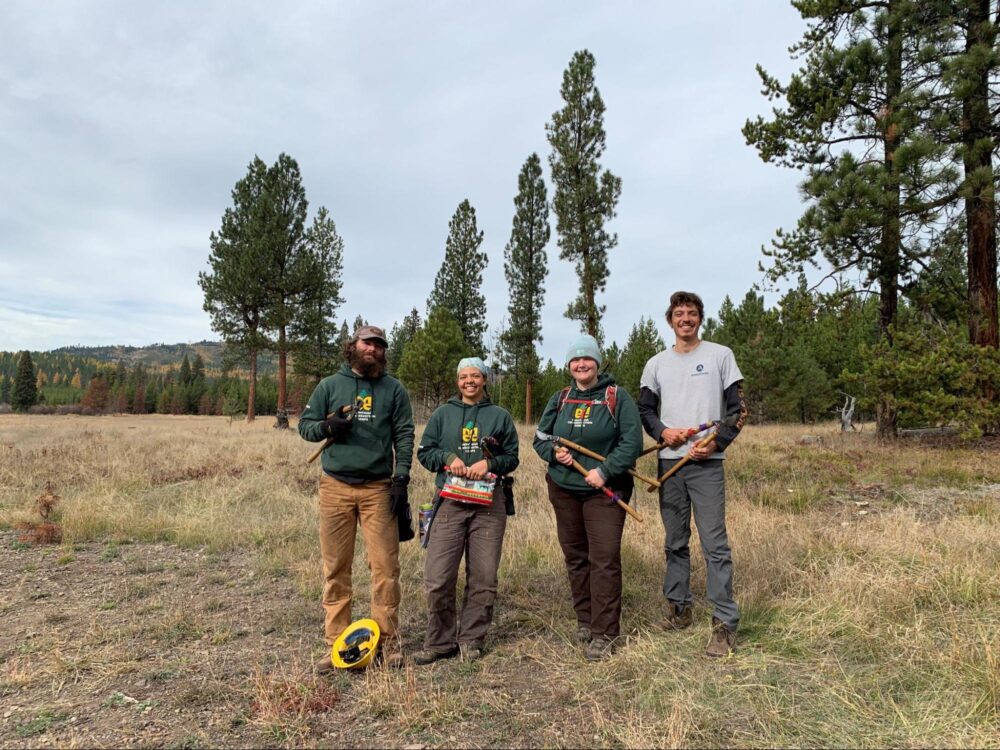We have much more to do and your continued support is needed now more than ever.
Enthusiasm for Clean Energy Translates to Votes
The final tally is in from the Tufts University Center for Information and Research on Civic Learning and Engagement (CIRCLE), and the youth voter turnout was even higher than we originally posted in our blog: It increased by 3.3 million over 2004, making it the largest turnout among the Millennial generation (youth, ages 18-29) since 1972, when the voting age was changed to 18 from 21.
Looking at vote percentages by age group in swing states, it is also apparent that youth helped determine the outcome in most of the states that hung in the balance. For example, Obama won the youth vote by 50 points in North Carolina, turning the state from red to blue, but lost every other age group in the state. Similarly, in Indiana, Obama won the youth vote 63 to 35, but lost every other age group. Overall, voters chose Obama over McCain by a much narrower margin (52%-46%) than millennials who voted two-to-one (66 to 32%) for Obama.
At the time of the election, the Power Vote pledges were up to almost 350,000-equaling about 1/10 of the increase in the youth voter turnout. The pledges are not the same as a vote, but they do indicate that the commitment to vote and to hold elected officials accountable for climate leadership, clean energy and green jobs contributed to the overall youth enthusiasm and engagement. The strong turnout at Power Shift in fall 2007 and the Power Vote campaign in fall of 2008 signal that youth enthusiasm for clean energy translated to votes.
Many wondered-some doubted-whether this would be the case and now it seems obvious that youth will vote when they feel strongly that their future is on the line. But will President-elect Obama’s administration repay the favor? A recent article in the Chronicle of Higher Education suggests that the economic crisis may displace concerns over clean energy and other causes dear to student’s hearts, such as tuition tax credits.
At the recent AASHE conference, keynote speaker and author of The Green-Collar Economy Van Jones called for campuses to be leaders in the clean energy movement. His suggestions, that the US put a price on carbon, retrofit every building in the country, and repower with renewable sources in order to create jobs and dismantle the oil-based paradigm, were met with cheers from the audience of students, faculty, and college administrators. In fact, the next two days of the conference itself were full of strategies to model such a transition on campus.
Certainly Barack Obama is aware of the interwoven nature of economic, energy, and social issues. He has name-checked Michael Pollan’s sun-food agenda, considered hiring Al Gore, and in all likelihood is familiar with the phrase “green-collar economy” and Van Jones’s mission.
Whether or not he will make the choices to satisfy the youth and students that turned out for him in such overwhelming numbers is another matter. One thing is certain: we’re likely to hear about it if he doesn’t.




















